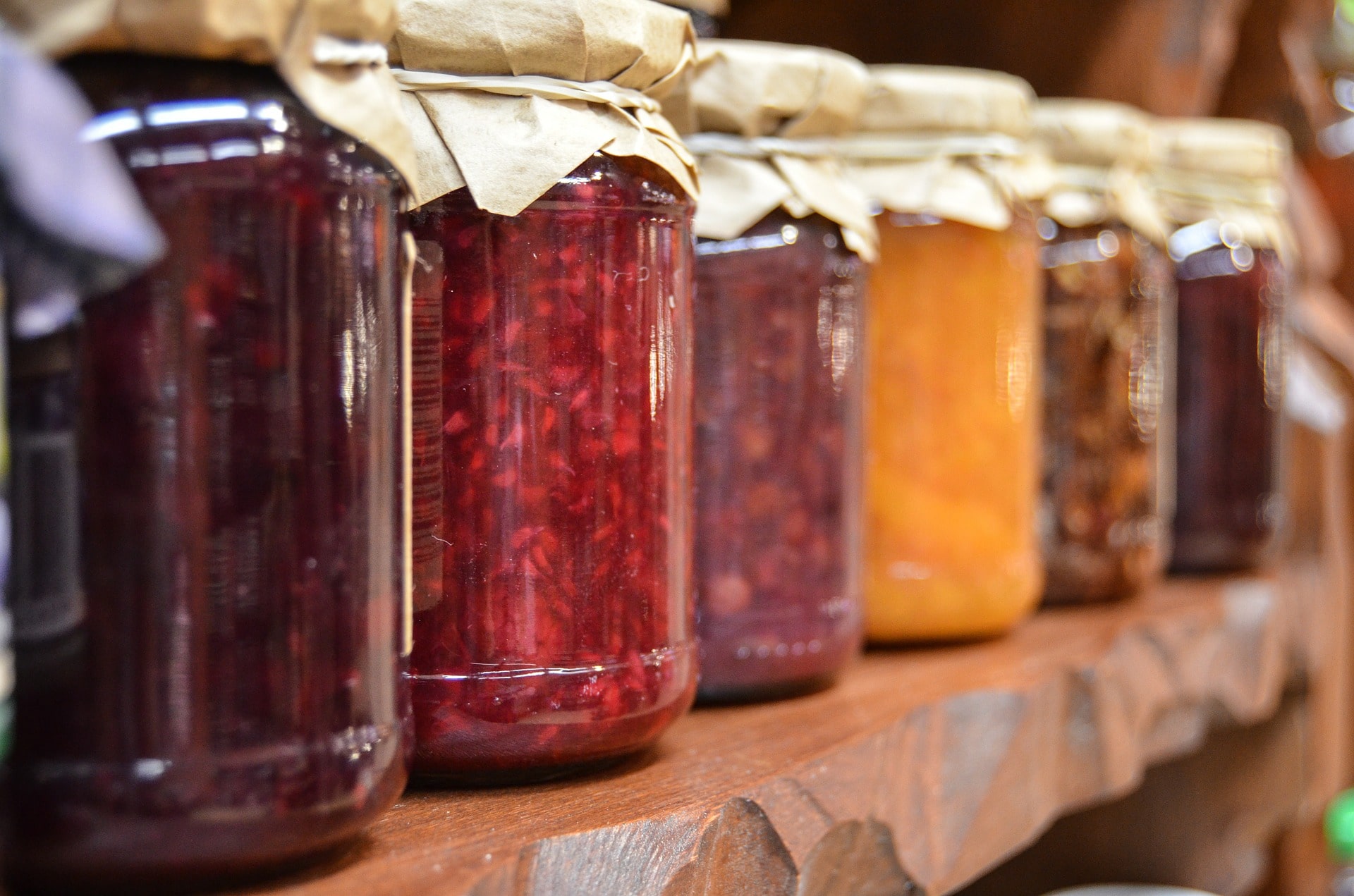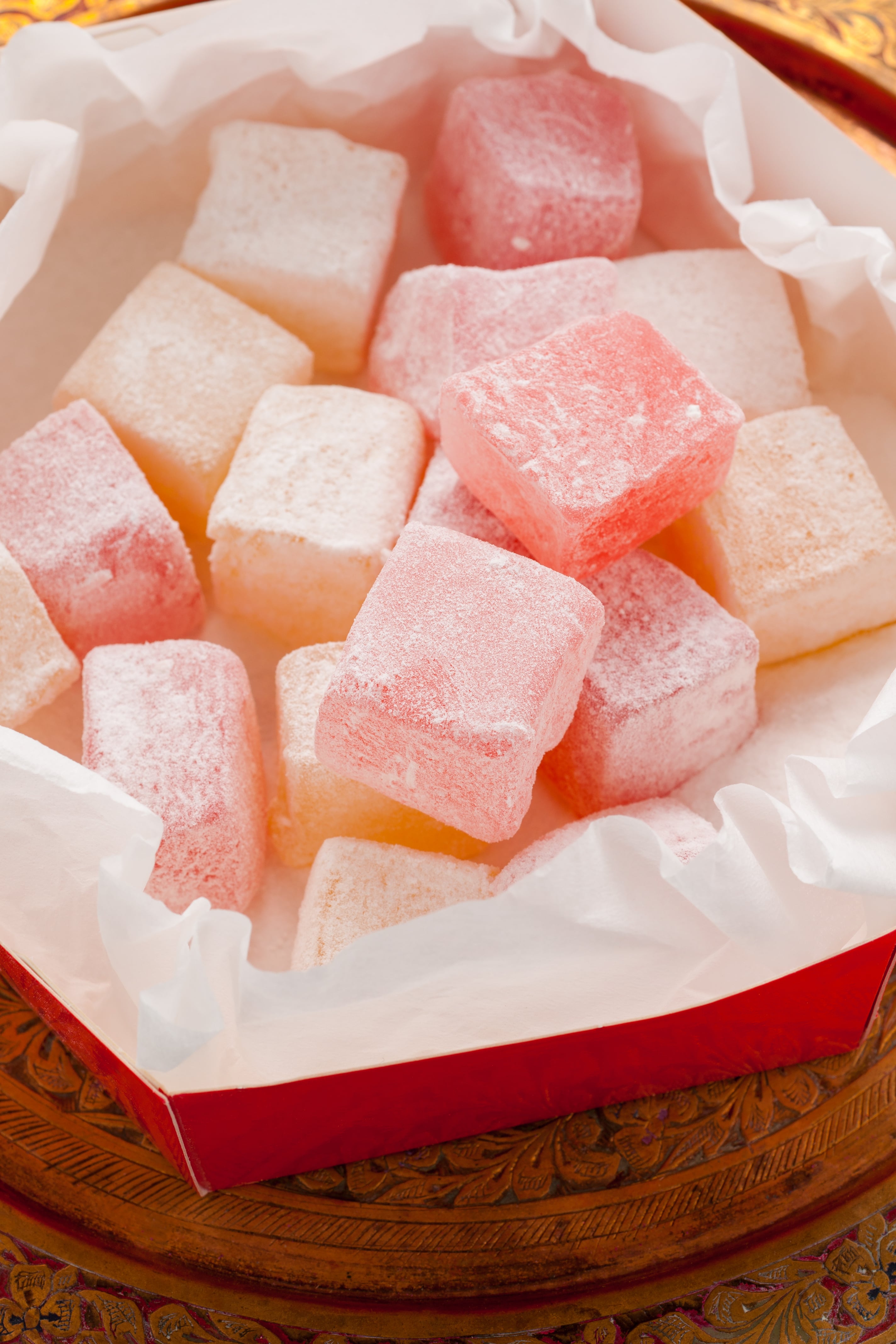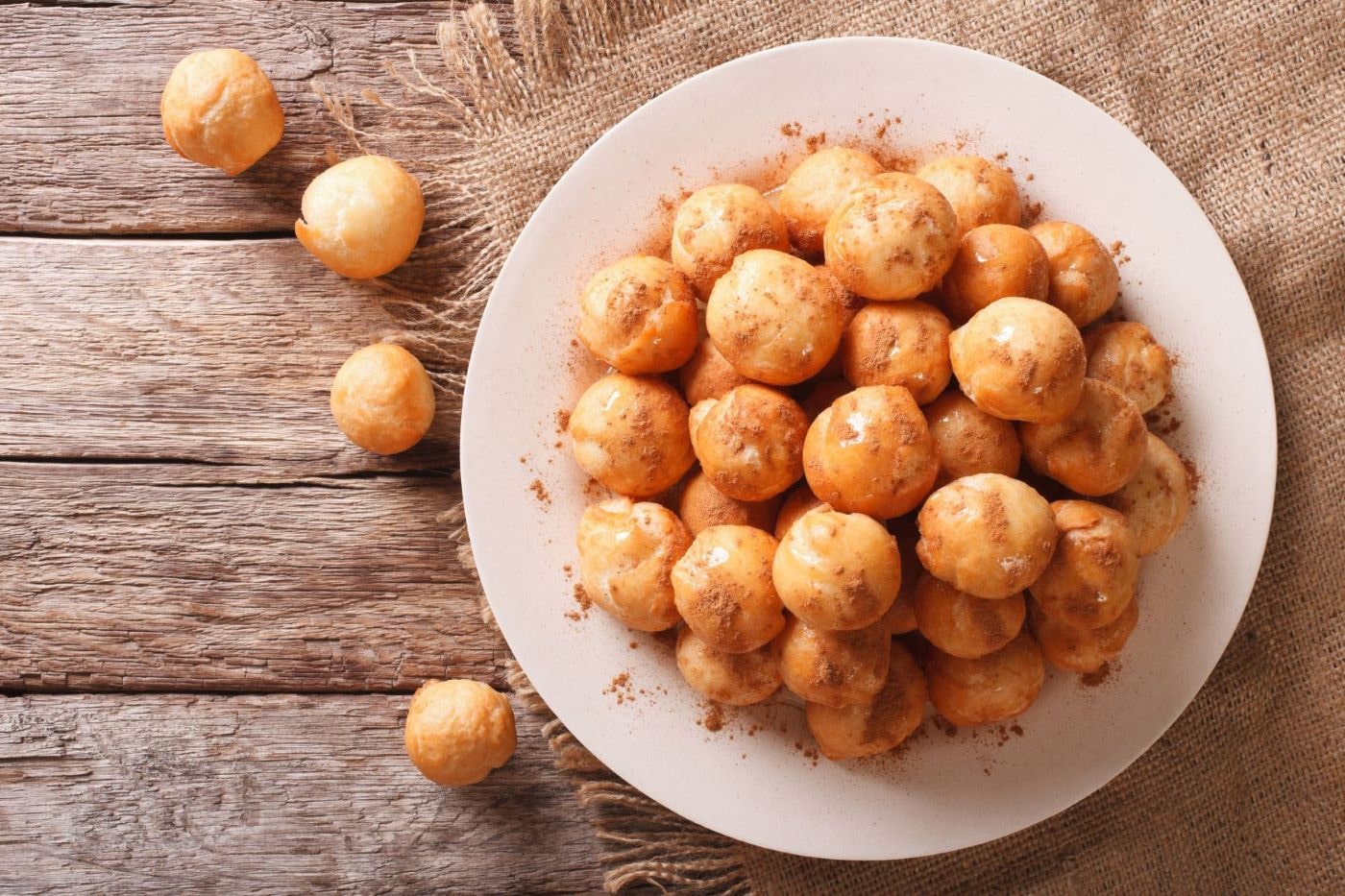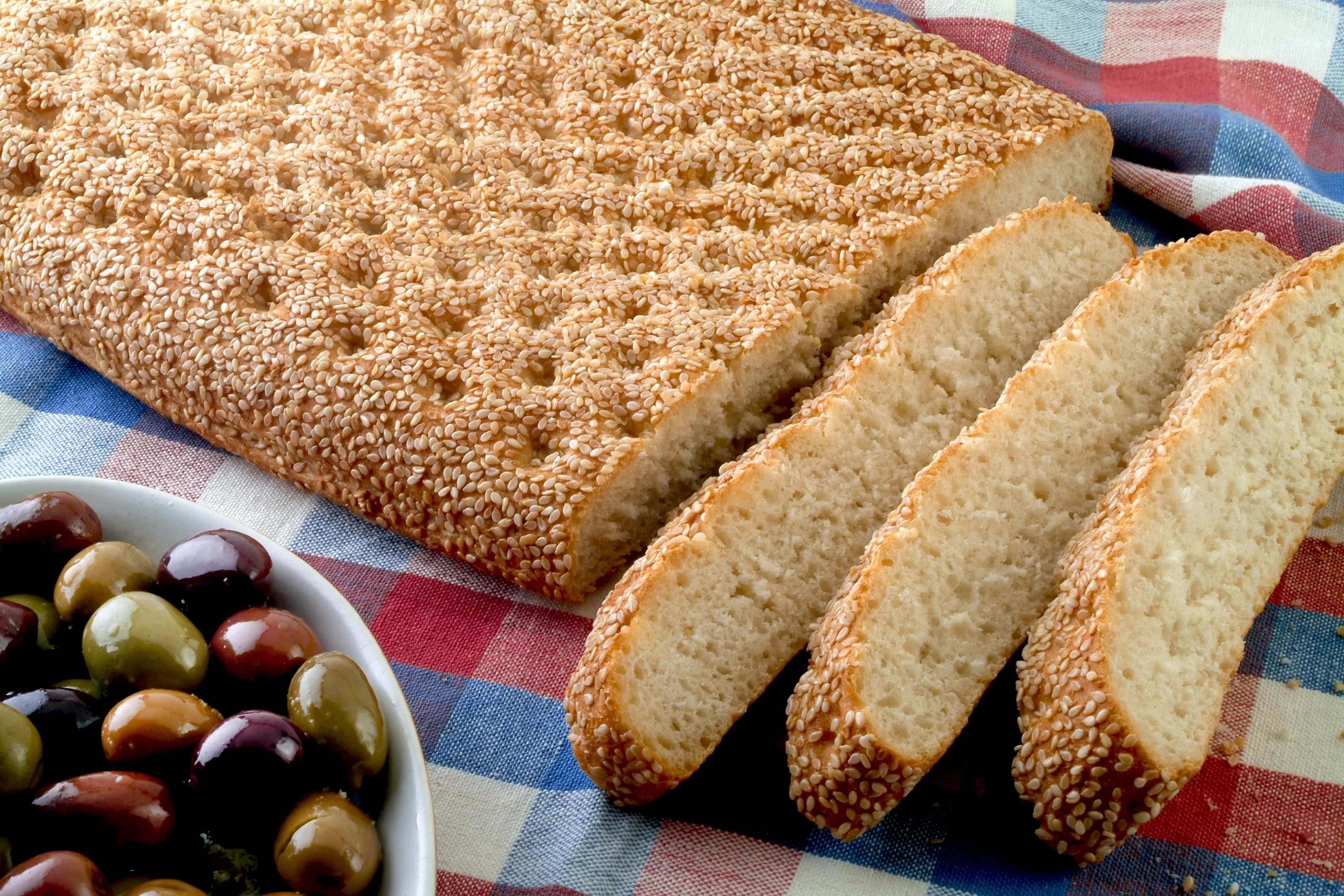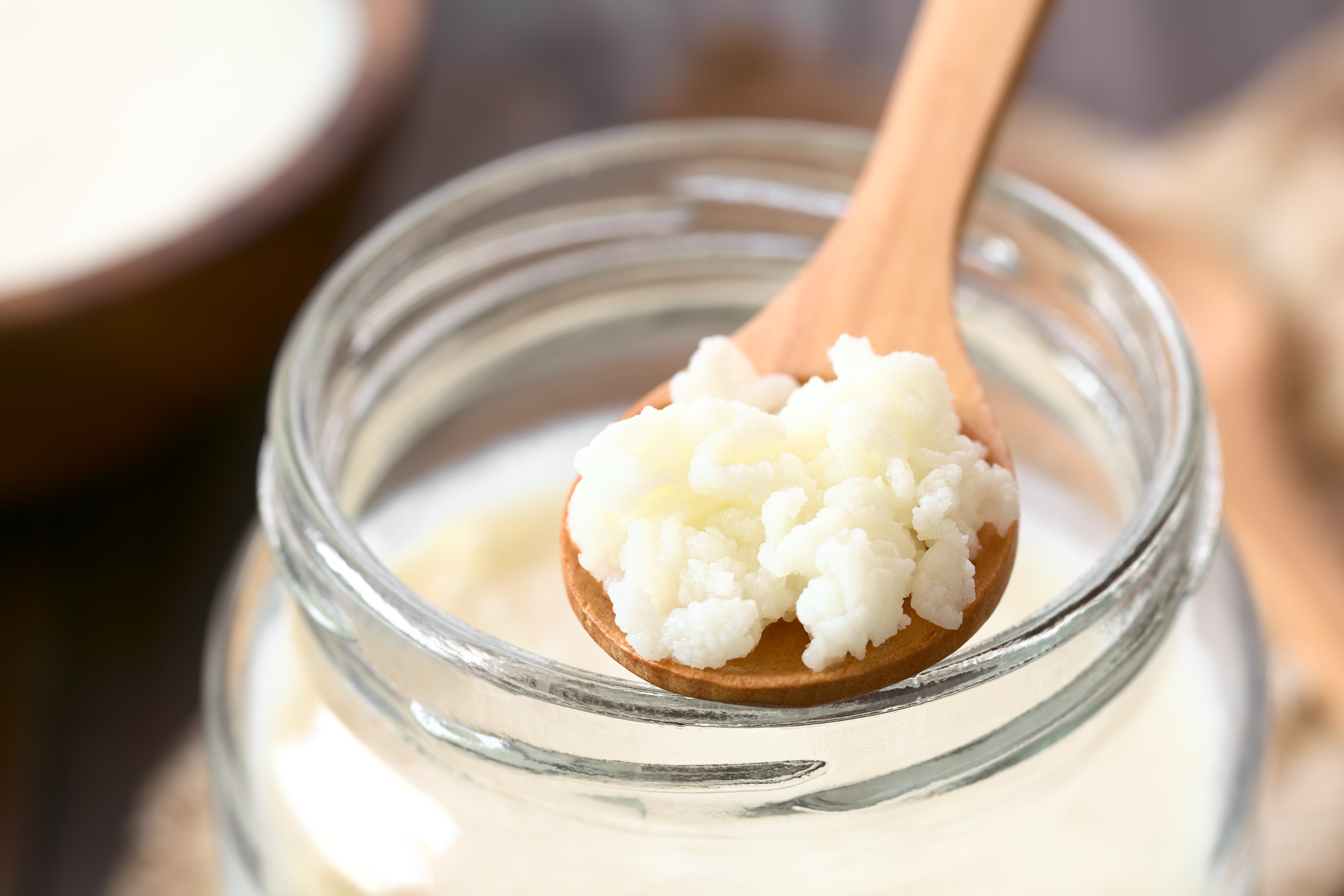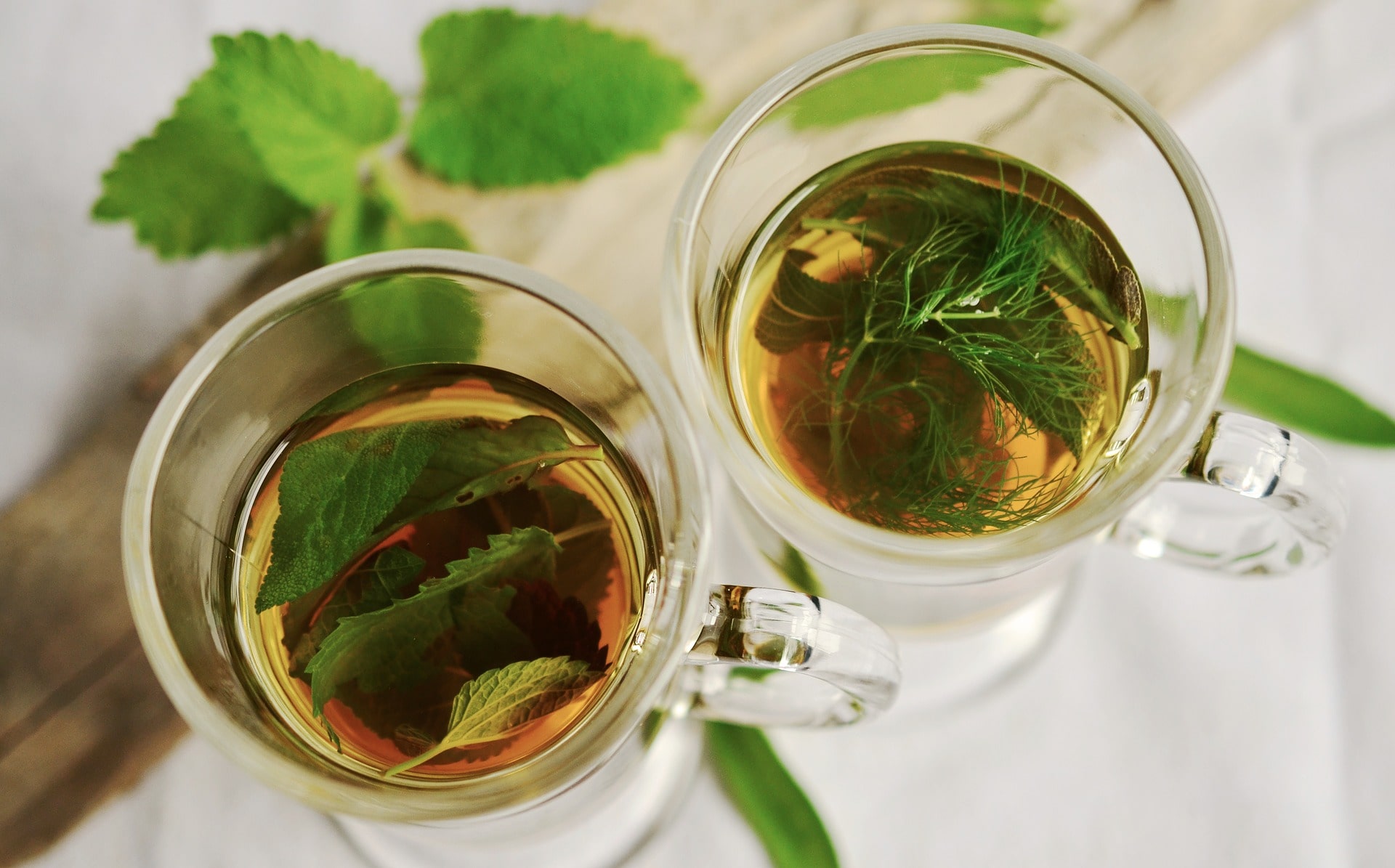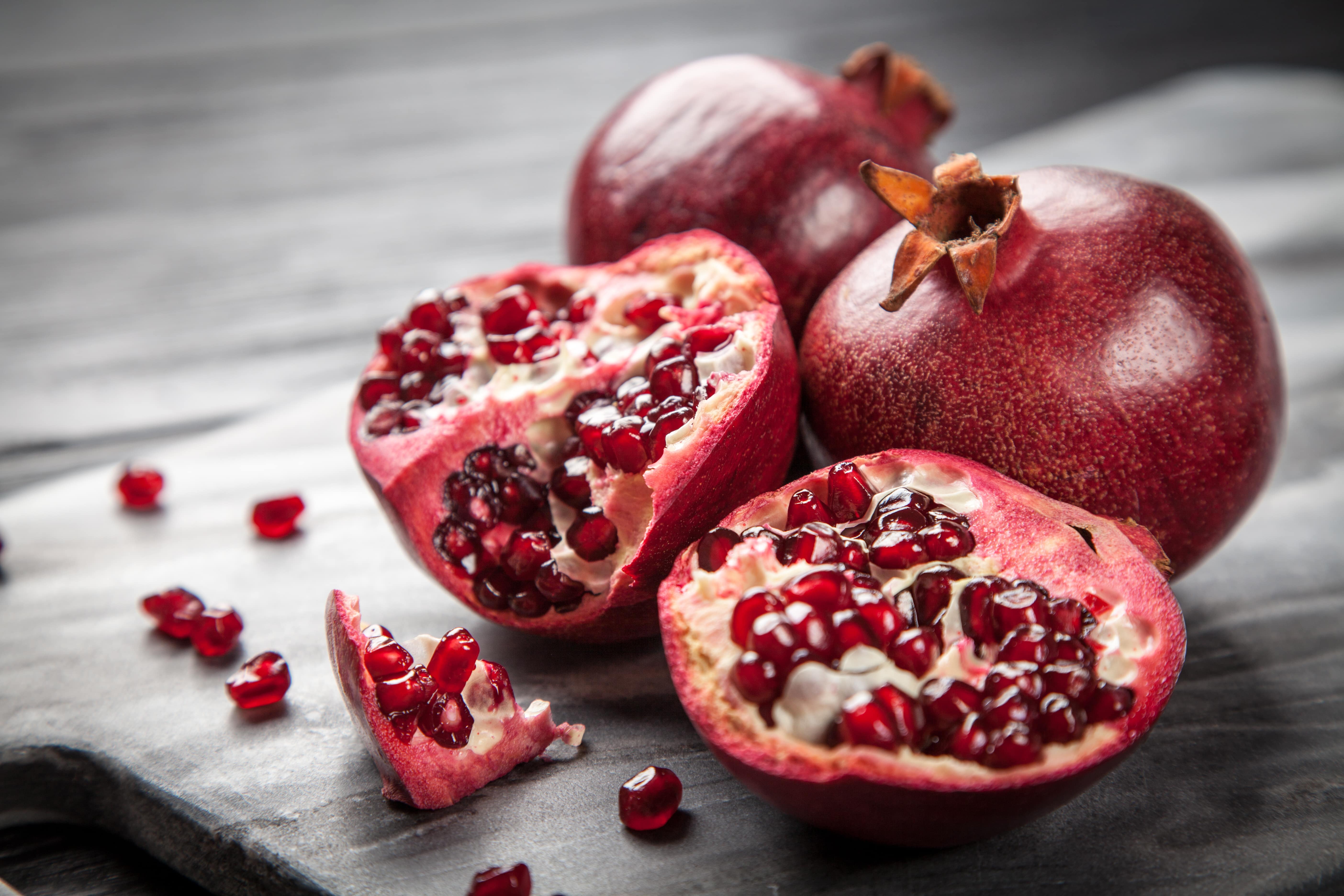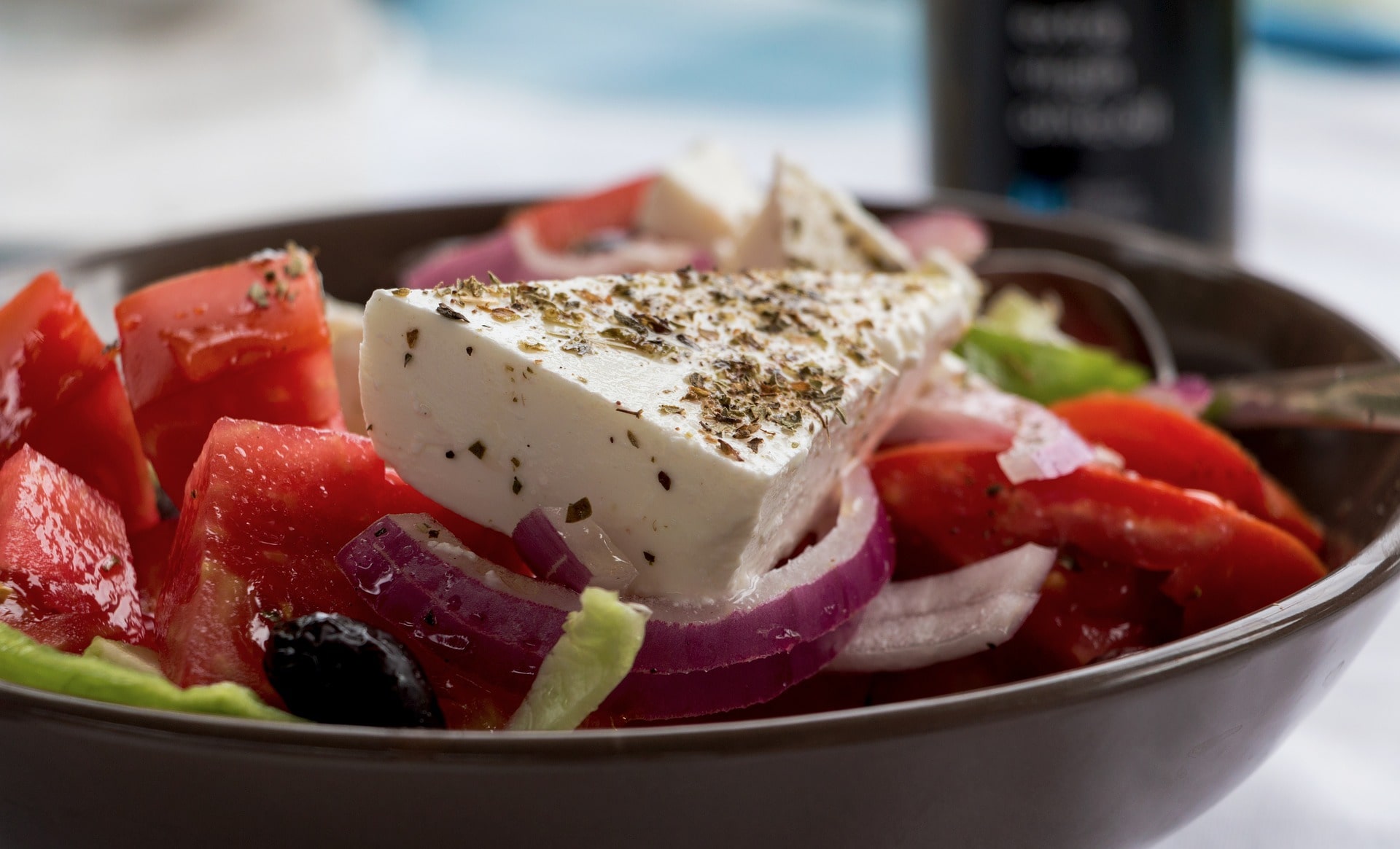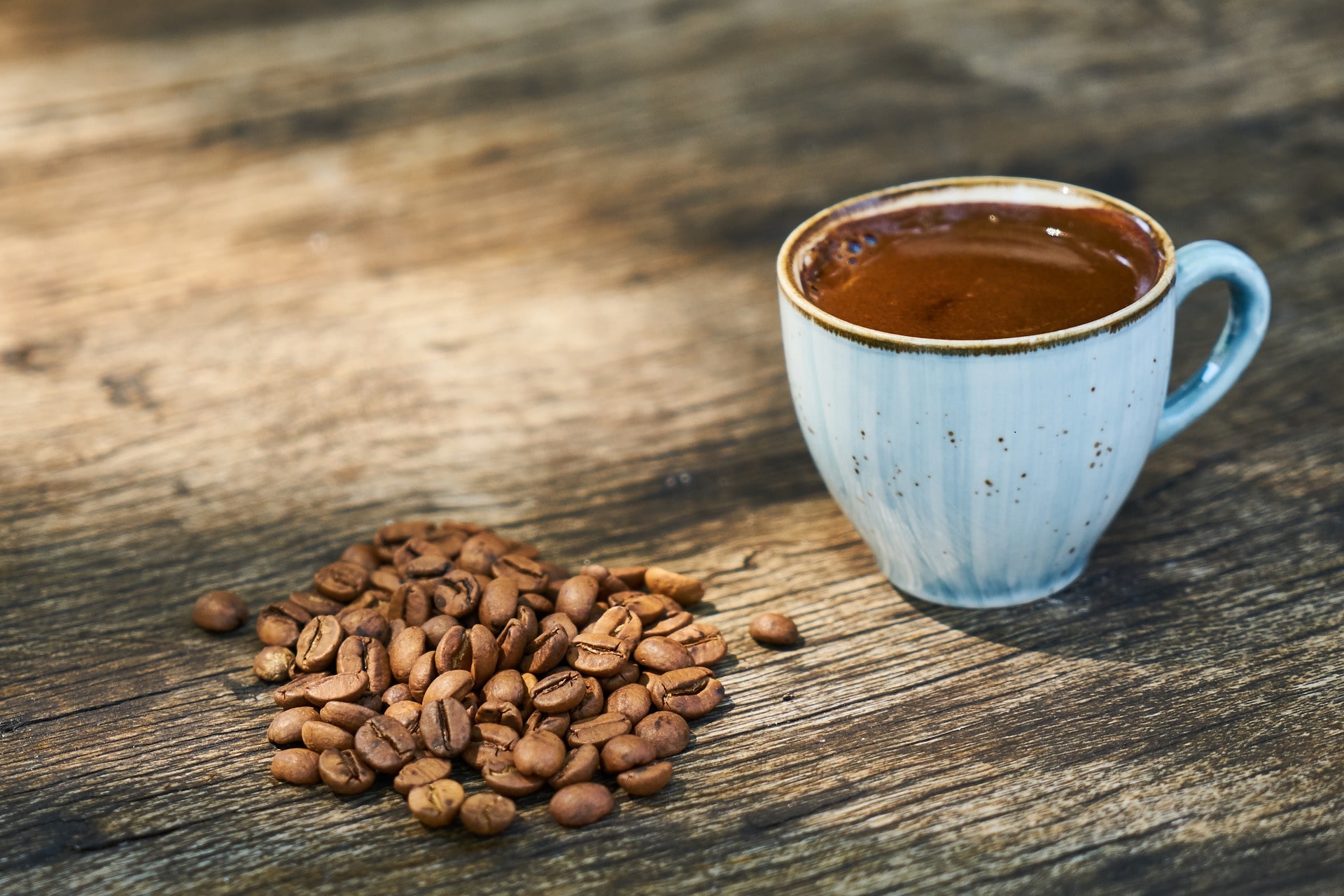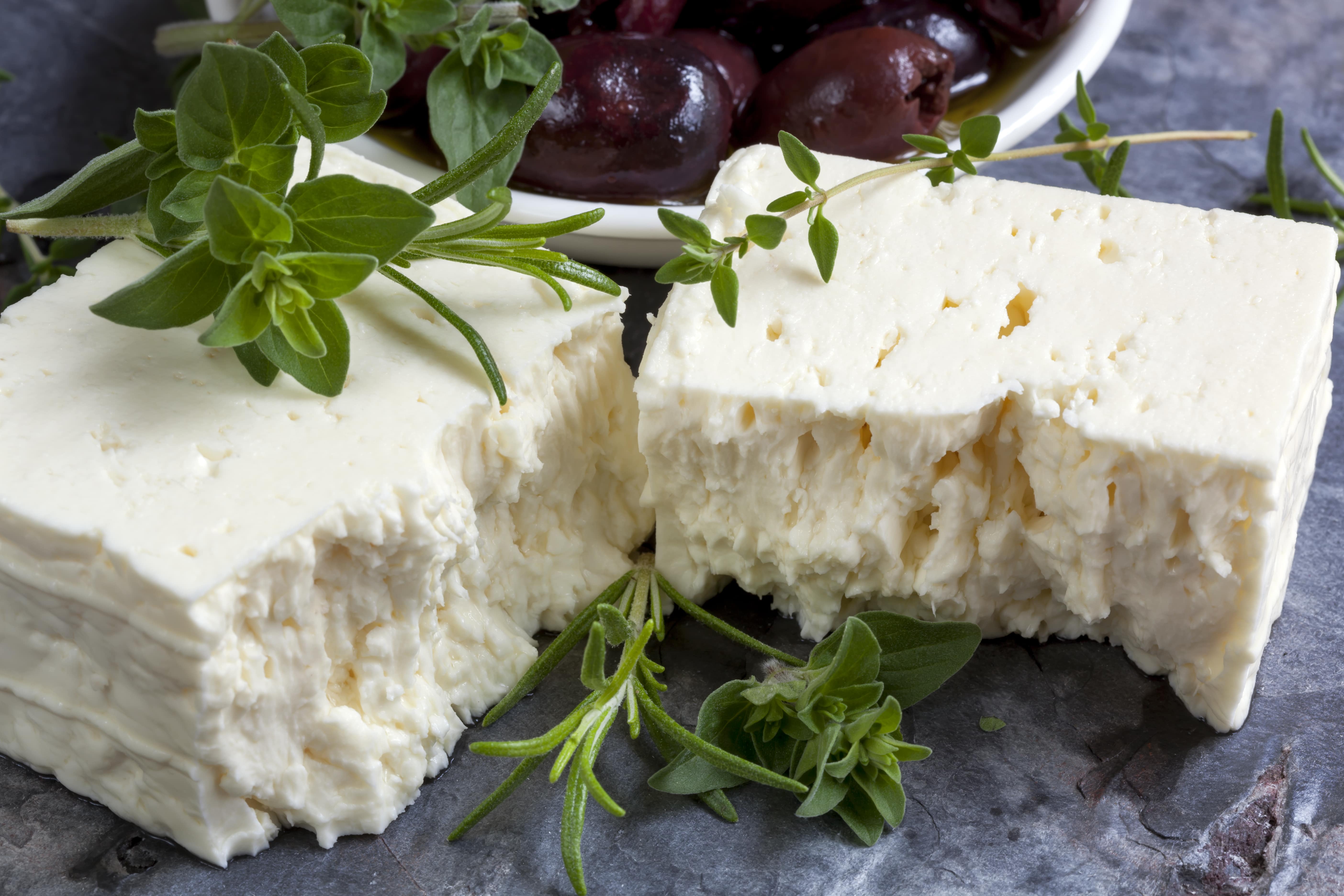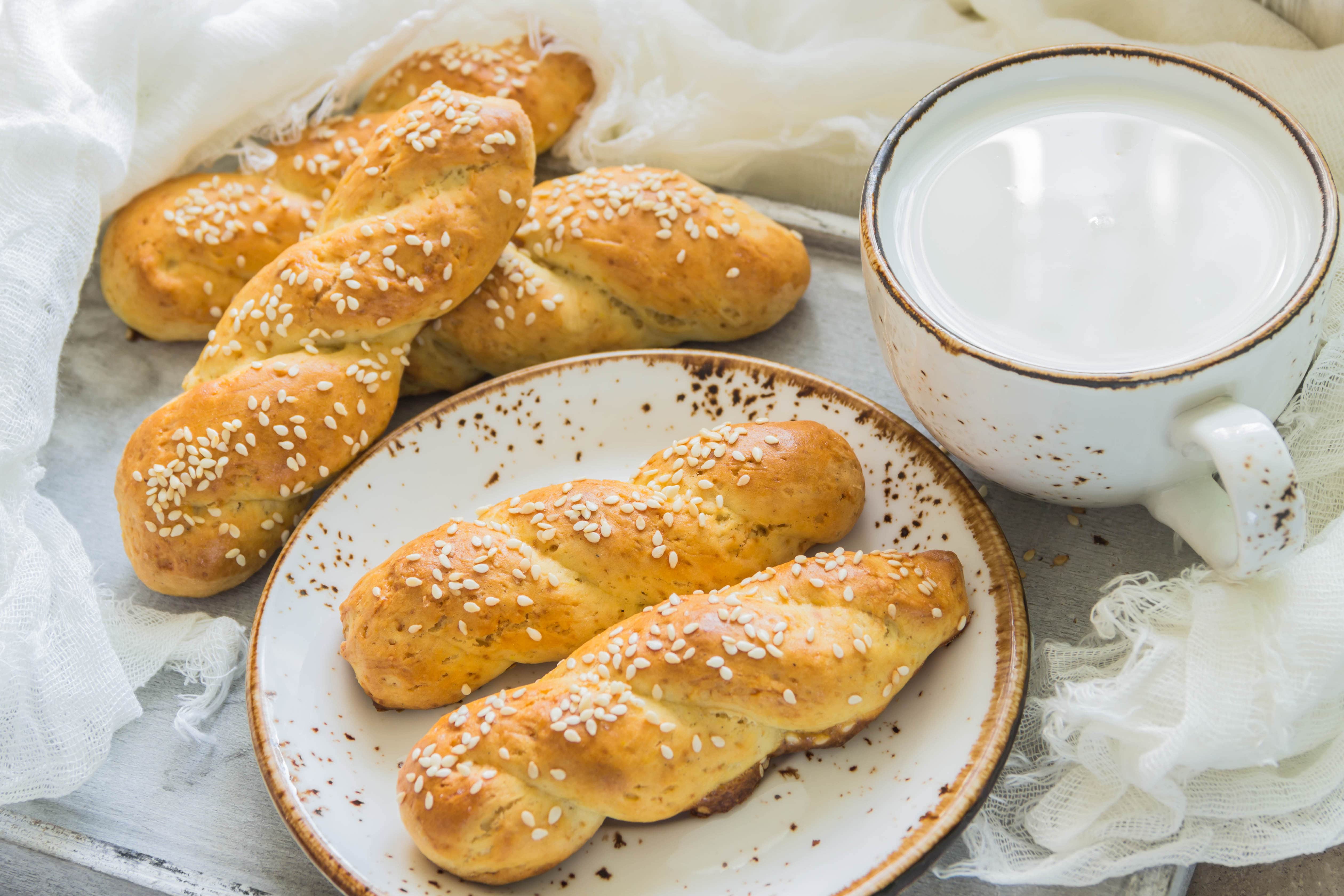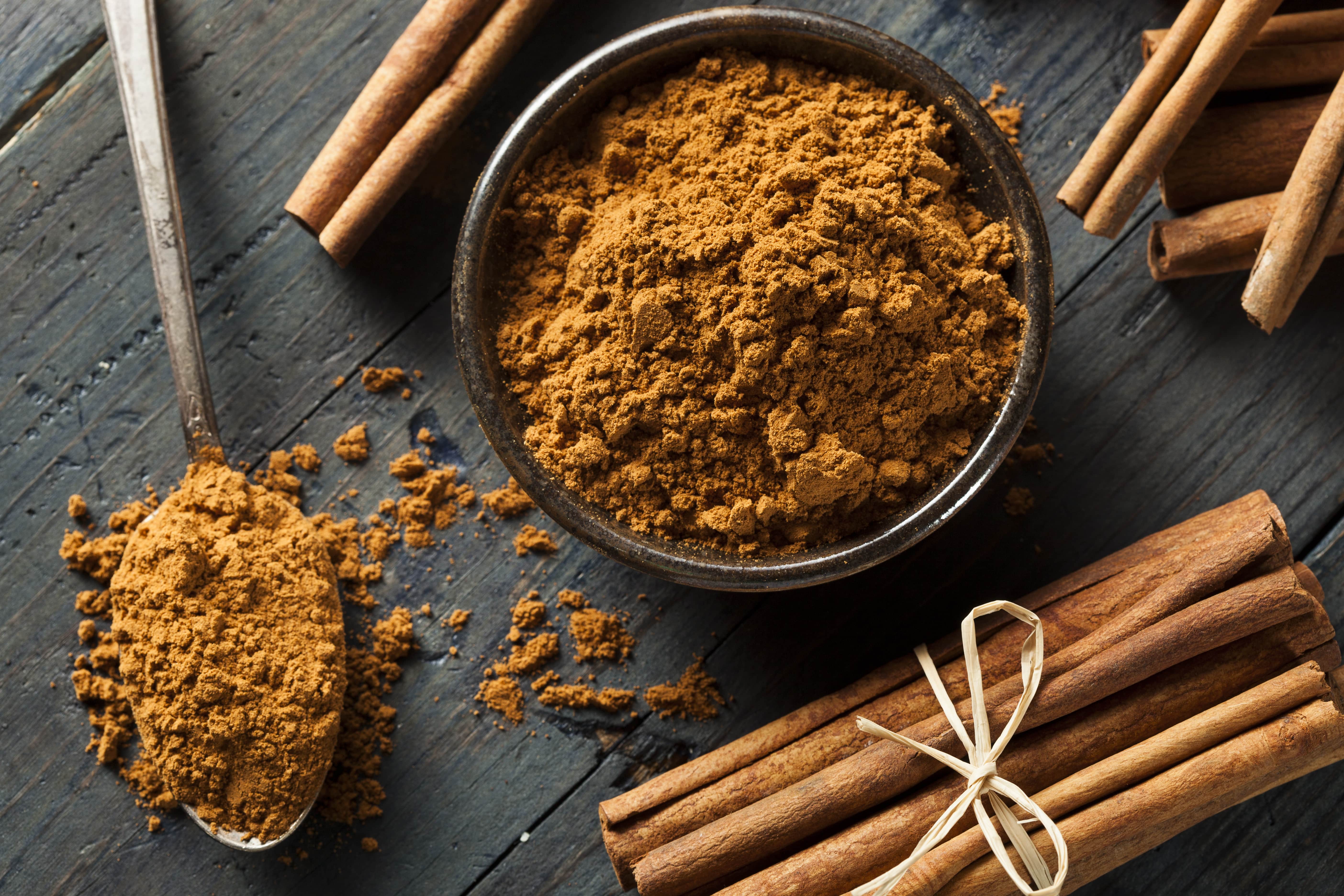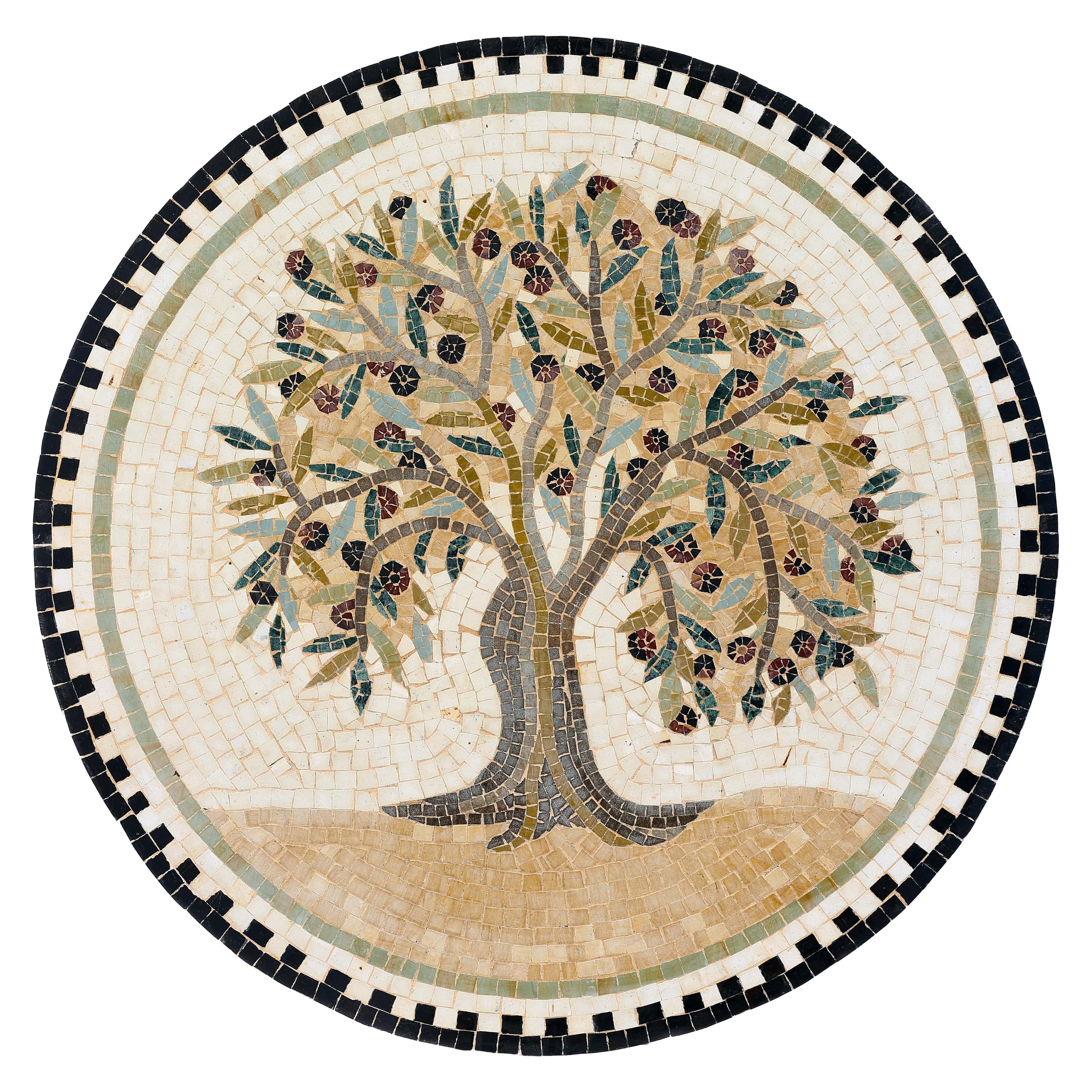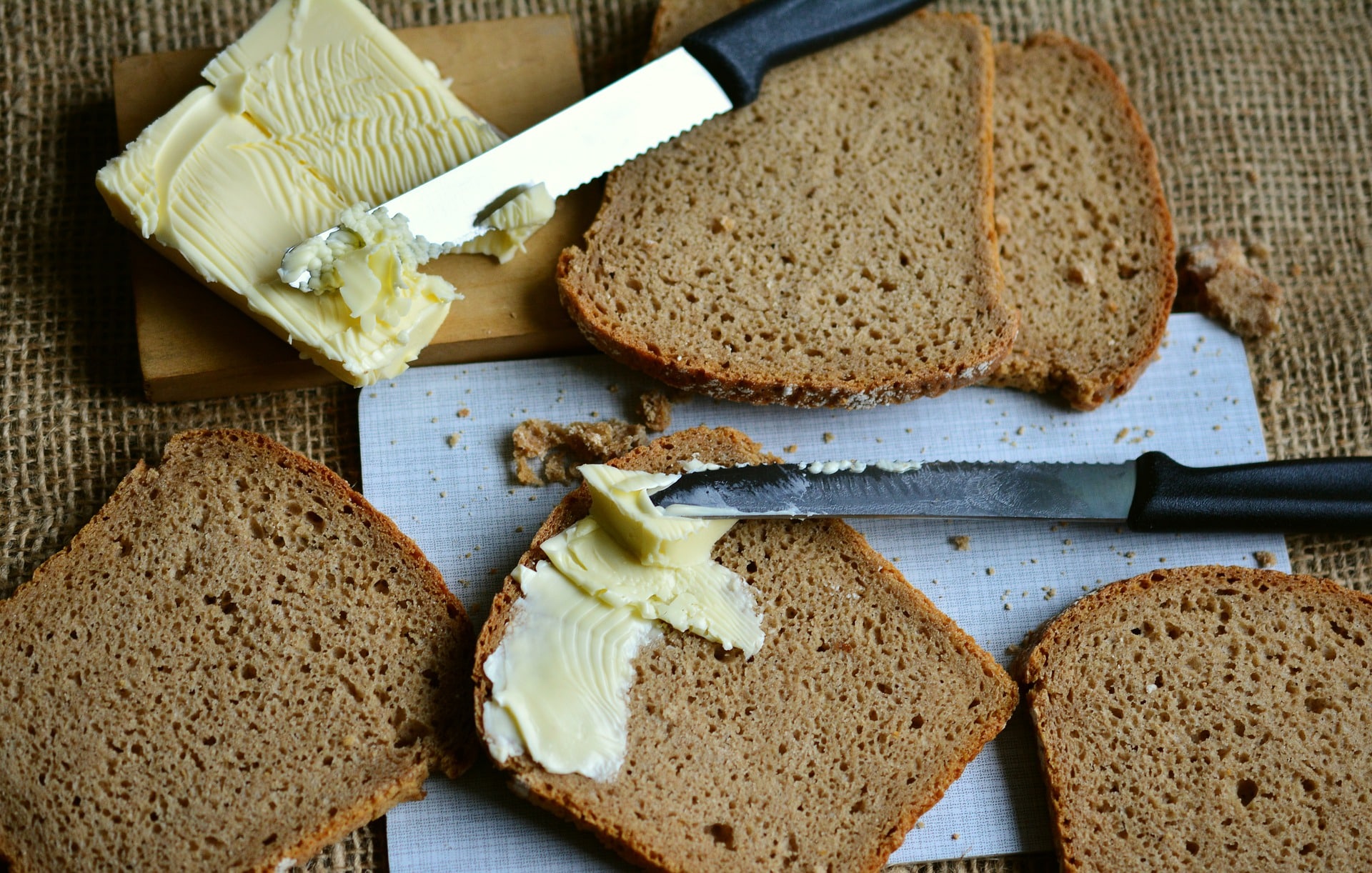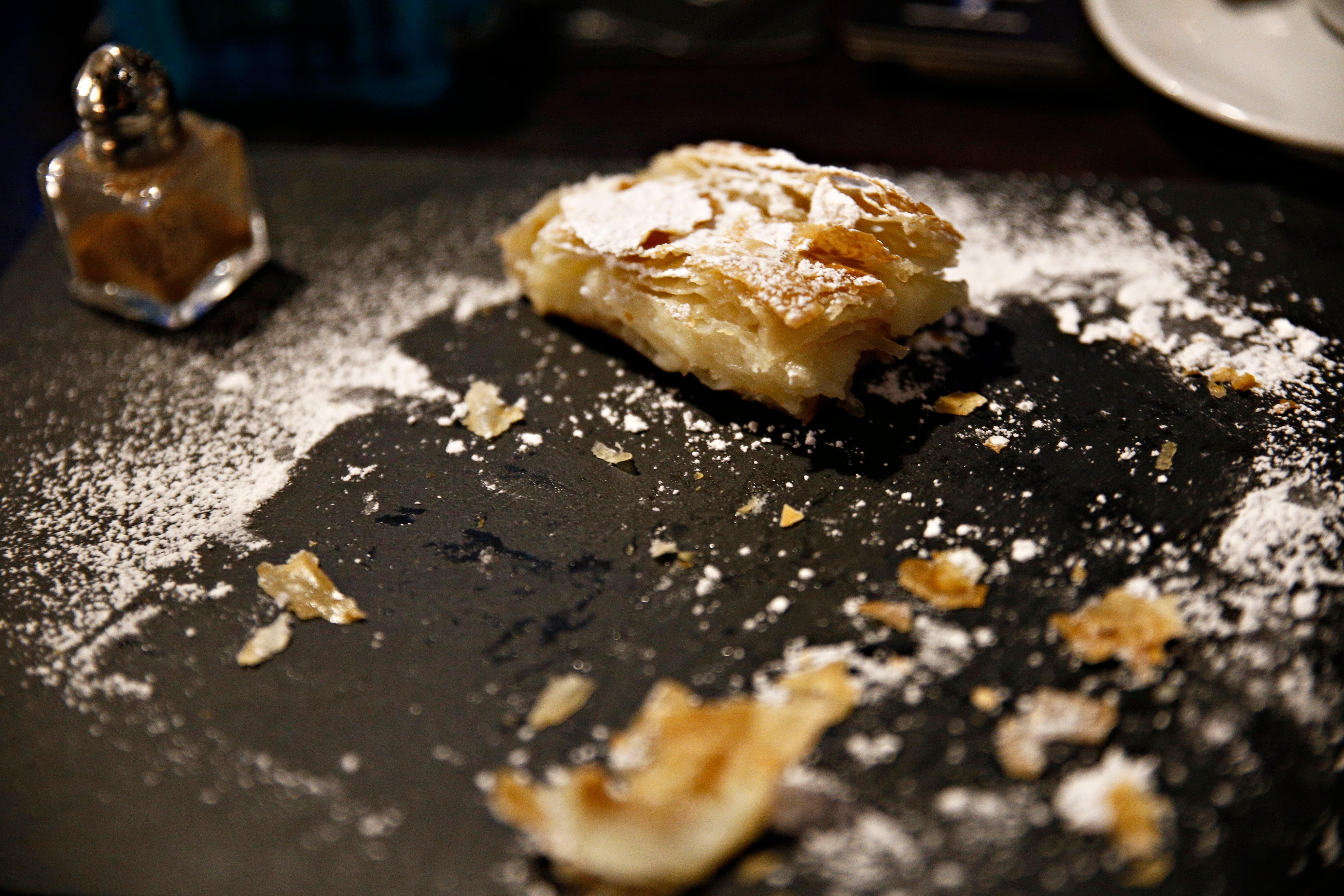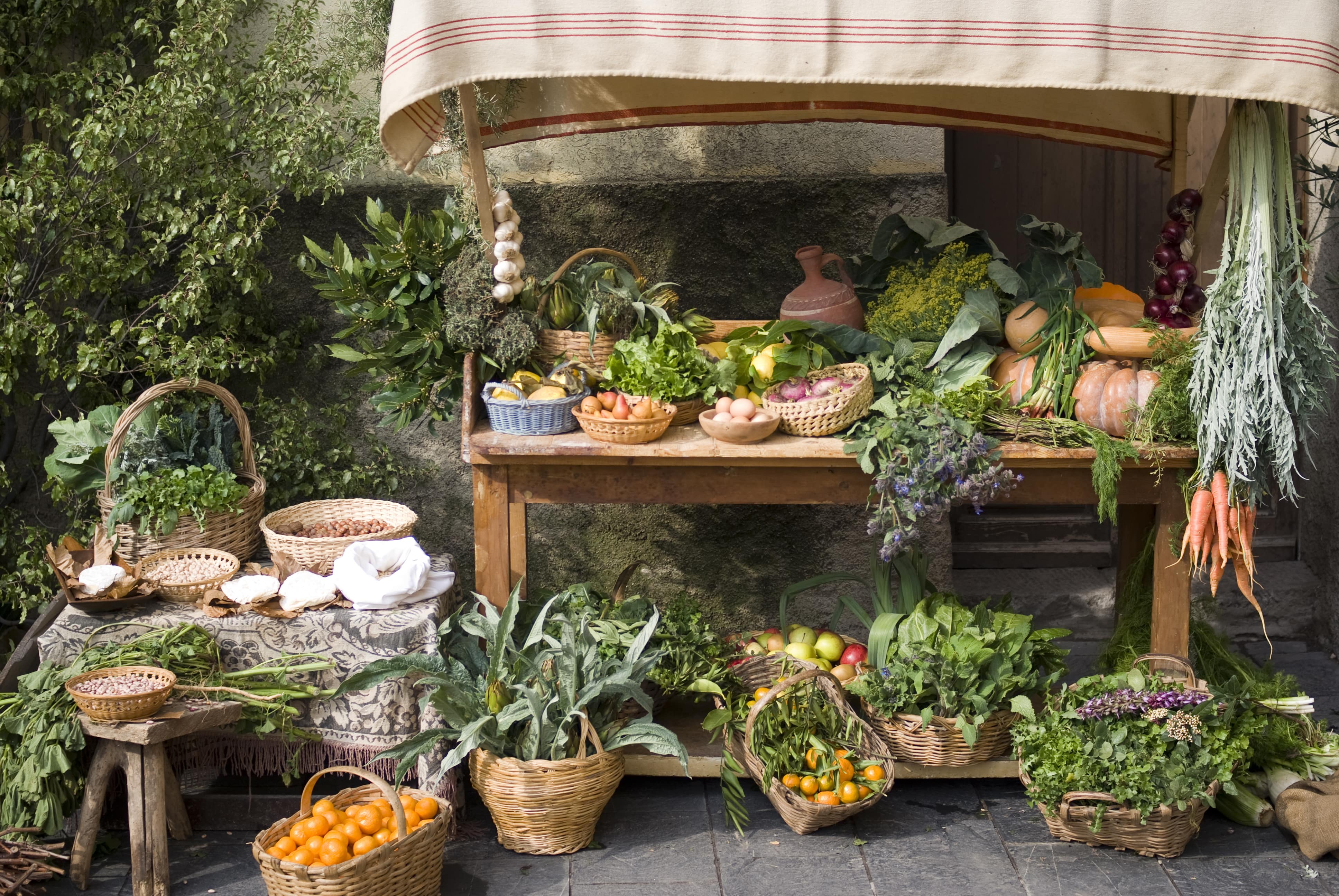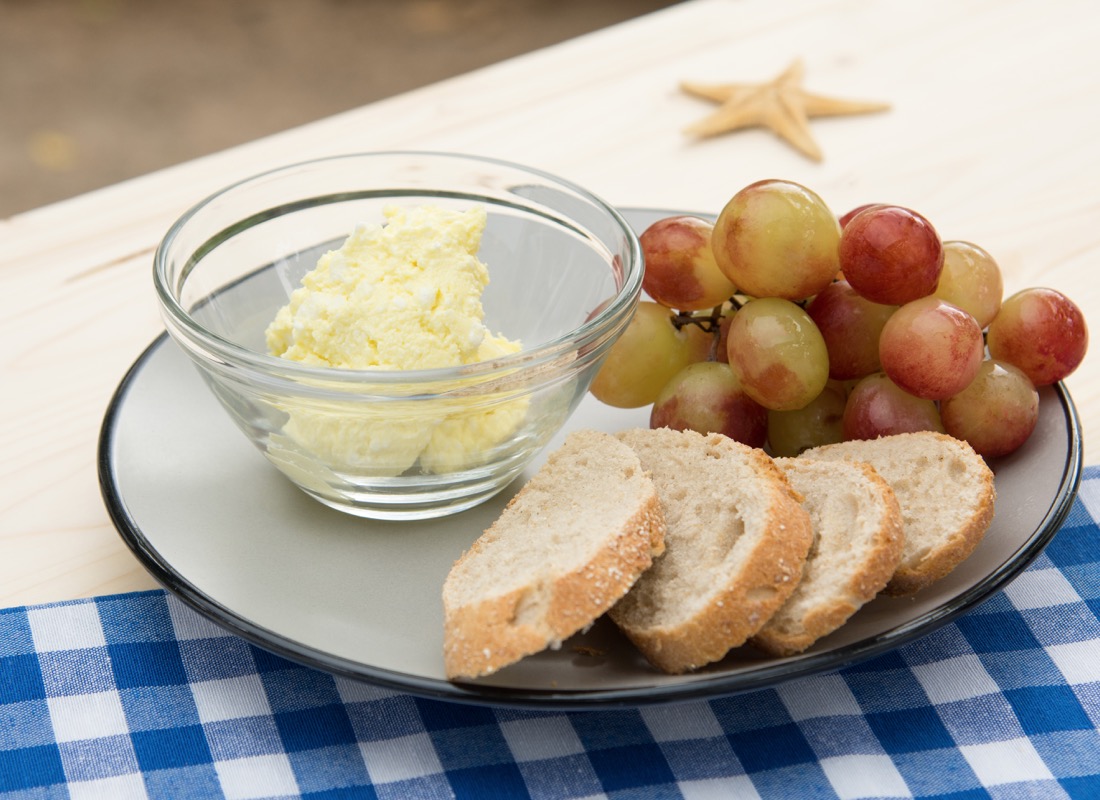Marmalade
The ideal breakfast usually includes fruit jam. We spread it on bread or toast with butter or without, and we enjoy unique flavors and colors on our plate, satiating more than one sensation. The first jams are said to have been originally made in ancient Greece in an effort to preserve the quinces with honey. This resulted in the “melimelon”, which in turn was processed by the Romans to discover the pectin that came from boiling the fruit. Since then, this sweet has survived and spread worldwide. The basic ingredient, along with the fruit or fruit combination we choose, is … Read more
